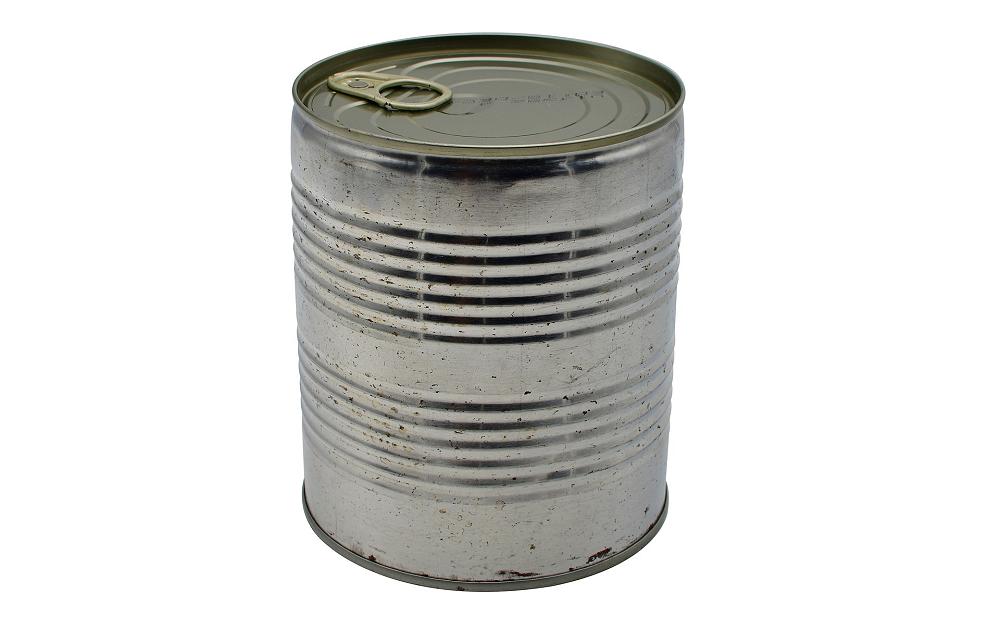Leather, a timeless fabric known for its durability and sophistication, has long been a staple in many wardrobes. However, the question arises: can you wear leather in the summer? This inquiry provokes a dualistic contemplation of heat versus style, as the relationship between the two is intricate. Exploring this topic requires an examination of various factors, such as the types of leather, the climate, styling techniques, and the evolving fashion landscape. The goal is to navigate the intersection of practicality and aesthetic appeal.
Understanding leather’s material properties is crucial when assessing its suitability for summer wear. Leather, by its nature, is a dense material, which can trap heat around the body. During warmer months, this characteristic may render traditional leather garments uncomfortable. However, advancements in leather technology have introduced lighter, more breathable options that mitigate some of the discomfort associated with hot weather. This includes perforated leather, which features tiny holes to allow airflow, as well as lighter-weight leather blends that maintain the integrity and look of traditional leather while offering improved thermal management.
The climate in which one resides significantly impacts the legibility of wearing leather in the summer. In temperate regions, where summers may be warm but punctuated by breezy evenings, lightweight leather jackets or skirts can be appropriate. Conversely, in locations where temperatures soar relentlessly, the practicality of leather diminishes severely. In these regions, opting for leather accessories—such as belts, bags, or shoes—may allow for the incorporation of this luxurious material without the burden of excessive heat.
Another facet to consider is the type of leather itself. Full-grain leather, celebrating its natural imperfections, is robust but may not lend itself well to summer wear in the same way that suede or nubuck might. Suede, with its fibrous texture, tends to be more lightweight and can be comfortably worn during summer outings, provided it is appropriately treated against moisture and stains. Additionally, lambskin leather is notably softer and lighter, offering a more comfortable option for summer attire, especially in lighter colors that reflect rather than absorb sunlight.
Fashion trends also play a pivotal role in the discourse surrounding summer leather. Over the years, the fashion industry has witnessed a paradigm shift with the introduction of more relaxed silhouettes and styles. This evolution has resulted in an array of summer-ready leather pieces, such as cropped leather tops, shorts, and vests that are designed to be lighter and less inhibitive. Pairing these with breathable fabrics—like cotton or linen—creates a balanced ensemble, allowing one to exhibit a chic, modern aesthetic while remaining relatively comfortable.
The integration of leather into summer wardrobes also hinges on the versatility it offers. A well-chosen leather piece can transform an outfit, providing an edge over more conventional summer apparel. Pairing a leather mini skirt with a simple cotton tee, for instance, channels a youthful spirit while enjoying the benefits of a stylish statement piece. Accessories further enrich this transformative quality; a leather crossbody bag can serve both form and function, bringing Summer looks together in a harmonious fashion.
Moreover, cultural considerations cannot be ignored when discussing leather in summer. In various cultures, leather has storied significance and sometimes serves as a hallmark of style or even a symbol of status. Wearing leather during the warmer months can thus impart a sense of individuality and boldness, allowing one to make a distinct fashion statement that aligns with prevailing societal norms or personal preferences.
Nevertheless, the comfort of the wearer must remain paramount. Many individuals find that leather attire can become stifling during warmer weather, which poses the risk of discomfort or even skin irritation. It is essential to be mindful of fabric lining choices; for example, opting for cotton or silk linings can enhance comfort levels while aiding in moisture-wicking. Thus, the practical application of leather in the summer can be harmonized with considerations for comfort and functionality.
If one chooses to embrace leather during summer outings, attention to care and maintenance becomes crucial. Leather products require diligent upkeep to prevent damage caused by sweat or humidity, which can lead to staining or deteriorating the material over time. Utilizing leather conditioners and waterproofing treatments can extend the lifespan of summer leather garments, ensuring they remain resilient despite the elements.
In conclusion, wearing leather in the summer encapsulates a nuanced balance of heat and style. While traditional leather can often feel cumbersome and hot, contemporary advancements in leather technology and shifting fashion norms have broadened the possibilities for wearing leather within hotter seasons. By considering factors such as climate, type of leather, and style pairing, one can successfully navigate the world of summer leather apparel. When approached thoughtfully, leather can indeed find its place even in the sunlit months, melding artistry and wearability into a remarkable summer attire experience.

